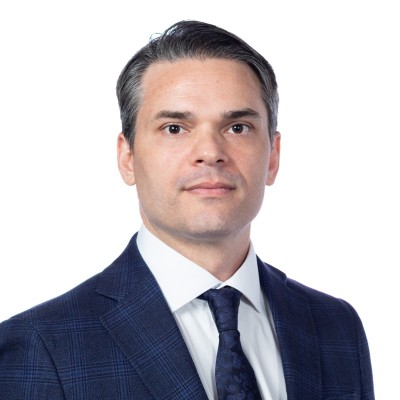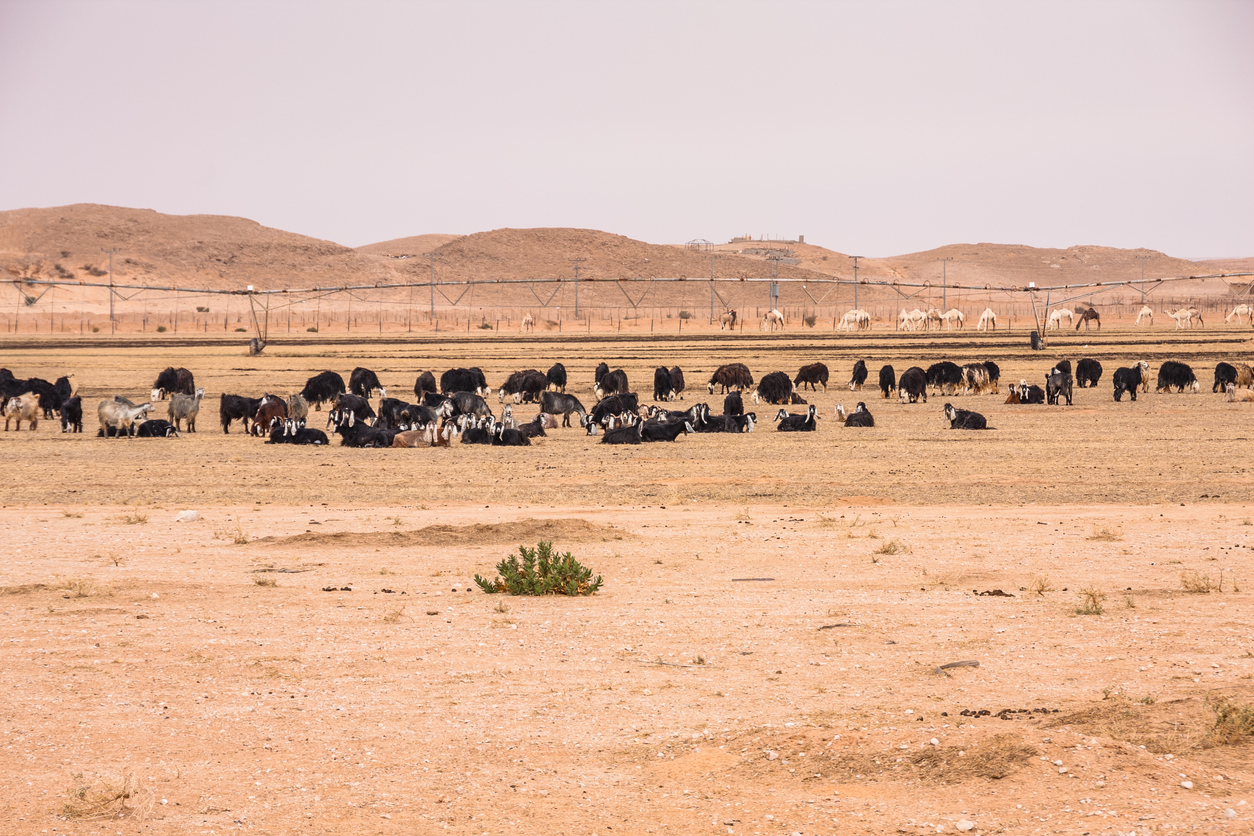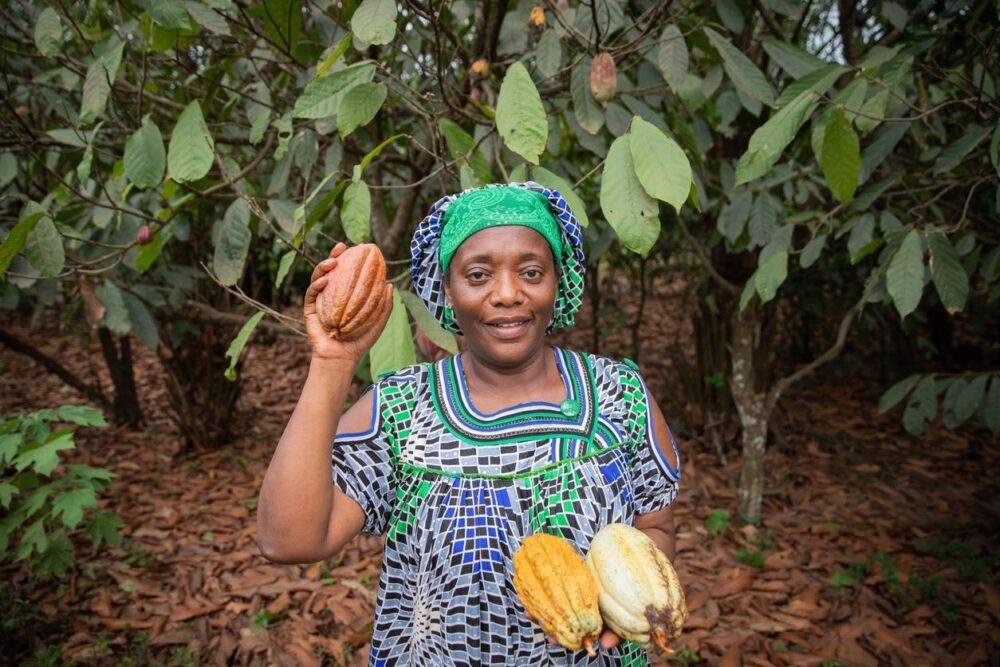
Eduardo Nunes is managing director at multinational firm Cordiant Capital.
The views expressed in this article are the author’s own and do not necessarily represent those of AgFunderNews.
Agriculture remains one of the world’s most critical sectors, employing over a quarter of the global workforce and contributing significantly to poverty alleviation. Yet, despite its importance, it remains underfunded and underrepresented in capital markets.

The financing gap in agriculture is now estimated to be around $276 billion annually, with smallholder farmers accounting for approximately$170 billion and agri-SMEs around $106 billion. Given those numbers, this gap is not just a financing issue; it’s a systemic risk to global food security.
The groups most impacted by this financing shortfall are those at the very core of food production: smallholder farmers and mid-market agribusinesses. Collectively, there are around 570 million smallholders worldwide, with most of them in emerging markets and responsible for one third of the world’s food supply. Yet they face challenges in accessing the right type of capital, and credit terms often mismatch seasonal harvest cycles. Though traditional lenders recognize agricultural risks, few possess the expertise to accurately assess and price them.
Even in developed markets, such as Europe, the financing gap is stark, with the European Commission reporting a €63 billion ($74 billion) gap in 2022, a 33% increase since 2017. The pressure will only grow. As populations expand and middle-class consumption rises, demand for higher-quality, more resource-intensive foods will increase, widening the need for investment across the agricultural value chain.
Where capital is most needed
Food security is not just about producing more; it’s about producing smarter. Productivity gains and waste reduction represent two of the biggest levers for change. From precision irrigation and soil health technologies to cold-chain logistics and storage infrastructure, there is enormous room to improve yields and reduce losses.
These areas also represent an important intersection between venture capital and private debt capital. Startups and scale-ups are driving innovation—think biotech seeds, data-driven farming, or food waste platforms. At the same time, mid-market enterprises require long-term finance to expand and embed these technologies. Without the proper funding, both ends of the spectrum struggle to deliver at scale.
Some regions are taking proactive steps. The Gulf Cooperation Council (GCC) states, for example, are investing heavily in agrifood systems as part of broader economic diversification and national security strategies. Faced with limited arable land and high import dependency, GCC countries have directed significant capital toward overseas farmland investments, local production technologies (e.g., vertical farming), and food logistics. These moves highlight that food security is now a strategic priority, attracting sovereign wealth funds, private equity, and specialist lenders.

Governments and traditional lenders can’t do it alone
Historically, governments and development banks have been one of the primary sources of agrifinance. While critical, these channels are constrained by budgets, political cycles, and risk appetite. Traditional banks, meanwhile, face challenges in underwriting agricultural loans due to the volatility of weather, commodity markets, and operational risks. The result is a funding ecosystem that is fragmented and insufficient for the sector’s needs.
The solution will not come from a single player; food security requires an ecosystem approach. Public policy, corporate buyers, venture capital, and private capital all have roles to play. Within this, private capital stands out as an underutilized but powerful force.
The scale of available capital globally is enormous. According to WTW (2023), total assets under management (AUM) worldwide stand at $128 trillion, yet agriculture accounts for only about $150 billion of that. A mere 0.12% of global AUM, despite the sector representing 4% of global GDP.
The picture is even narrower for private debt. Agriculture private debt today corresponds to only $7.5 billion in AUM (Valoral Advisors, 2023). If agricultural assets were funded in proportion to their contribution to global GDP, and if the existing mix between equity and debt were maintained (around 5% debt), this would translate into an additional USD 256 billion available for agricultural private debt. This alone could substantially support the current financing gap.
These numbers underscore the structural under-allocation of capital to agriculture and the potential impact of even modest portfolio rebalancing.

Why private capital is uniquely positioned to help
Private capital, primarily through specialist lenders, can align financing with agricultural production cycles, which often span several crop seasons or years. By combining sector and operational expertise with strong risk assessment, investors can mitigate challenges such as climate variability, commodity price swings, and operational risks that traditional lenders may struggle to underwrite.
Specialist investors can also embed ESG principles and measurable KPIs into financing, ensuring that capital supports both growth and sustainability. Beyond finance, they often take a hands-on approach, helping businesses implement mechanization, professionalization, and regenerative practices.
Cordiant Capital’s experience illustrates this. A structured $50 million-plus loan to a Brazilian sugar producer, aligned with the six-year sugarcane cycle, enabled investment in mechanized planting, expanded ethanol production, and improved effluent treatment. Overseas buyers, through commercial contracts, repay directly the loan (effectively through revenue), providing greater visibility and an additional layer of security.
Similar approaches are emerging across fruits, coffee, dairy, and horticulture, showing how private capital, when combined with expertise and long-term vision, can deliver sustainable value and financial returns.
The push to close the financing gap must go hand in hand with sustainability. Capital directed to agriculture needs to build resilience, reduce emissions, and protect natural resources. Whether funding regenerative farming, improving soil health, or developing climate-smart infrastructure, private capital can accelerate positive change when combined with technical insight and ESG alignment.
The message is clear: food security is a global imperative, but financing remains the missing piece. By mobilizing even a small fraction of the world’s capital markets and directing it with sector-specific knowledge and long-term vision, private investors can help transform agriculture into a more productive, sustainable, and resilient system.
The post Private capital is a fundamental—and underfunded—piece of global food security appeared first on AgFunderNews.




